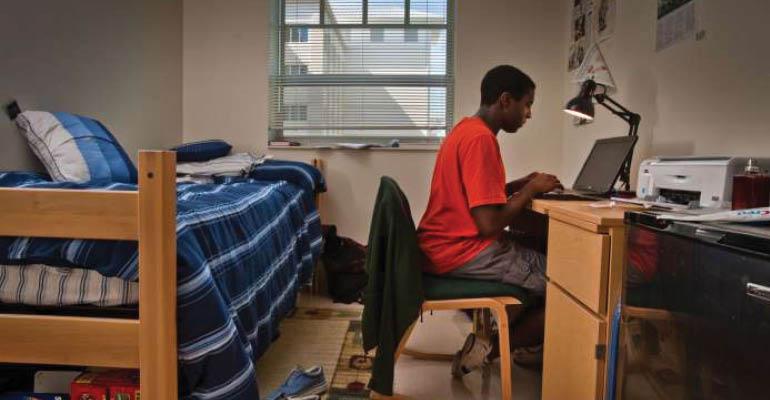Sponsored by TSB Capital Advisors
By Timothy S. Bradley
As the industry evolves, it’s important to recognize where opportunities for growth exist and how student housing can continue to grow as an institutional real estate product type.
Development Cycle
Just as we saw in the second half of 2016, construction costs remain high and stringent construction lending constraints will remain for the foreseeable future. As a result, only the strongest and most experienced student housing developers are securing attractive financing terms. Known as relationship lending, this trend should help curb new supply to a certain extent. Overall, delivery volume will be down compared to last year.
Regulations continue to make construction financing either nonexistent or, for the right sponsor, somewhere between 60 percent and 65 percent—down from 75 percent over a year ago. New legislation—H.R. 2148, introduced in April by Representatives Robert Pittenger (R-N.C.), and David Scott (D-Ga.)—that clarifies lending policies surrounding high-volatility commercial real estate (HVCRE) loans is a step in the right direction. However, as we all know, legislative progress is slow and until new legislation is passed we don’t expect to see a change in the current lending environment.
Now more than ever, it’s important to work with proven experts who understand how to navigate the changing lending environment.
Acquisition Market
Since the presidential election, we’ve seen interest rates go up 50 to 75 basis points. While conventional multifamily cap rates have seen an uptick with the rising interest rates, student housing cap rates have not changed, remaining in the low 5 percent range for infill pedestrian-to-campus assets and, in select cases, below 5 percent.
The increased difficulty in developing new purpose-built product at Tier 1 university markets—and fewer properties hitting the market for sale—has led to increased demand on the acquisitions side. This demand is evidenced by the influx of foreign capital, pension funds and new private equity funds investing in student housing today. A recent example is Singapore-based Mapletree Investments’ acquisition of an eight-property student housing portfolio from Kayne Anderson Real Estate Advisors as part of a series of transactions totaling $1.6 billion.
Foreign capital represented 25 percent of total sales volume in 2016 and we anticipate a similar appetite in 2017, if not greater. At the same time, there remains steady competition from the public REITs and domestic institutional investors, as well as foreign investors looking to partner with best-in-class student housing sponsors in the acquisition market.
In 2016, a record $10 billion in student housing transactions doubled the previous year, a mark that is unlikely to be matched. In 2017, with new institutional and foreign capital entering the space at rapid pace, we believe cap rates will remain at or below the current market in 2017 and into 2018.
We continue to see student housing as one of the best risk-adjusted returns as an alternative investment, especially when compared to the four major food groups of commercial real estate.
Timothy S. Bradley is founder and principal of TSB Capital Advisors. Since its inception in 2009, TSB Capital Advisors has been a leading real estate finance advisory firm offering full-service consulting, specializing in the student housing sector.
Learn more at www.tsbca.com.

